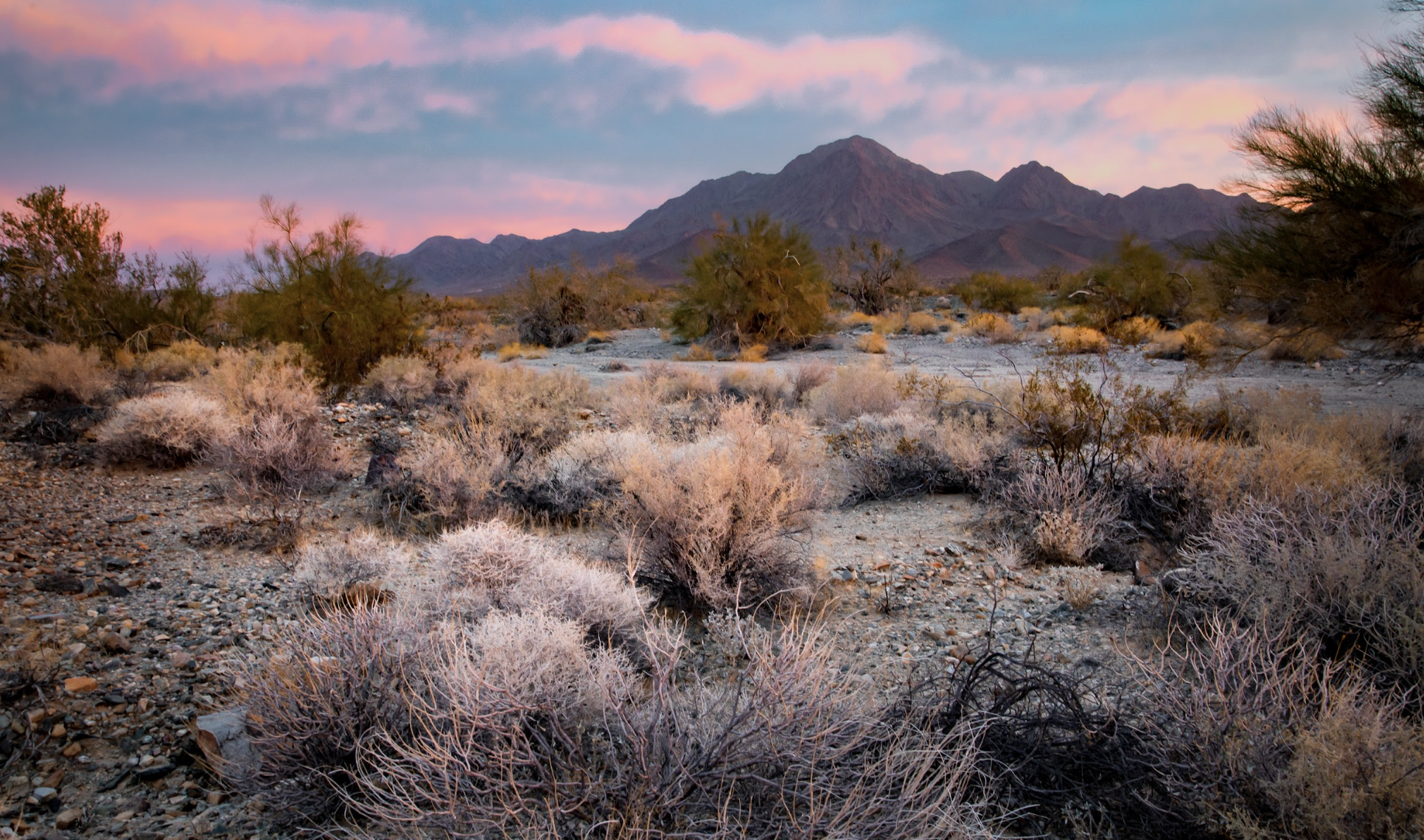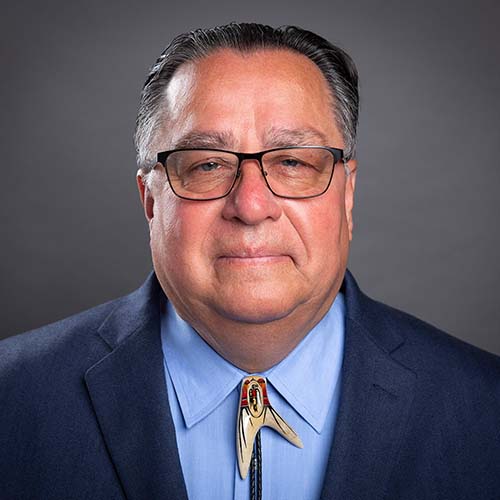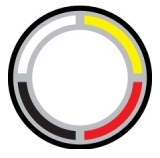
- Details
- By Native News Online Staff
On Thursday, the Torres Martinez Desert Cahuilla Indians, the Fort Yuma Quechan Indian Tribe, the Cahuilla Band of Indians, the Chemehuevi Indian Tribe, and the Colorado River Indian Tribes (CRIT) announced the creation of the Chuckwalla National Monument Intertribal Commission. The new Commission reflects the deep connection of many Tribal Nations to the Chuckwalla landscape and their ongoing commitment to protect and steward these lands. Its purpose is to ensure that Tribal values, expertise, cultural heritage, and Traditional Ecological Knowledge are fully integrated into the monument’s management.
“The Chuckwalla National Monument is more than a habitat filled with trees, plants, and wildlife; for the Torres Martinez Desert Cahuilla Indians, it embodies life itself, and we are intrinsically linked to it, committed to safeguarding it,” said Joseph Mirelez, Chairman of the Torres Martinez Desert Cahuilla Indians. “It is our inherent role to be the stewards and guardians of these lands, and in this moment of federal government dysfunction, all the more important that we reassume it formally.”
The Chuckwalla National Monument encompasses more than 624,000 acres of public land south of Joshua Tree National Park, stretching from California’s Coachella Valley in the west to near the Colorado River in the east. The monument lies within the traditional homelands of the Iviatim (Cahuilla), Nüwü (Chemehuevi), Pipa Aha Macav (Mohave), Kwatsáan (Quechan), Maara’yam and Marringayam (Serrano), and other Indigenous peoples. Its name comes from the Cahuilla word čáxwal, meaning “Chuckwalla lizard,” a species native to the region.
“Chuckwalla National Monument is imbued with religious, spiritual, historic, and cultural significance for Tribal Nations that trace their origins to these lands,” said Jonathan Koteen, President of the Fort Yuma Quechan Indian Tribe. “The area contains an abundance of artifacts attesting to its connection to diverse human communities since time immemorial. The formation of the Chuckwalla National Monument Intertribal Commission will help ensure that Indigenous values and principles are integrated into the region’s land management plan.”
The Presidential Proclamation establishing the monument recognized that “the Chuckwalla region has been profoundly sacred to Tribal Nations and Indigenous peoples with ties to the Colorado and Mojave Deserts…” It directs the Secretary of the Interior to meaningfully engage with affiliated Tribal Nations and to seek opportunities for co-stewardship.
“Tribal Nations, including the members of the Commission, have been connected to this landscape since time immemorial and will continue to steward this landscape into the future,” said Daniel Leivas, Chairman of the Chemehuevi Indian Tribe. “The Chuckwalla National Monument Intertribal Commission will work towards a Tribally-led vision for the monument that benefits Tribal Nations, sacred objects within the monument, and the broader Chuckwalla landscape. We believe that by unity of action we can accomplish this vision, and we invite additional Tribes to join us in this effort.”
The Proclamation further directs the Secretary of the Interior to collaborate with the independently established, Tribally led commission in planning and managing the monument.
The Chuckwalla landscape is rich in cultural, historical, geological, and ecological significance. It contains countless ancestral sites and belongings that illustrate its deep connection to Indigenous communities since time immemorial. The region continues to inspire visitors and researchers alike, offering invaluable opportunities for scientific discovery and cultural education.
“Chuckwalla National Monument includes village sites, camps, quarries, food processing sites, power places, trails, glyphs, and story and song locations, all of which are evidence of the Cahuilla peoples’ and other Tribes’ close and spiritual relationship to these desert lands,” said Erica Schenk, Chairwoman of the Cahuilla Band of Indians.
Tribal Nations, together with local desert communities, led the campaign to establish the Chuckwalla National Monument. The proposal received broad, bipartisan support from cities across the Coachella Valley—including Banning, Cathedral City, Desert Hot Springs, Indian Wells, Indio, La Quinta, Palm Desert, and Palm Springs—as well as from local elected officials, more than 300 businesses and chambers of commerce, and residents of the eastern Coachella Valley and surrounding areas. The California Legislature also passed a bipartisan resolution endorsing the monument.
More Stories Like This
50 Years of Self-Determination: How a Landmark Act Empowered Tribal Sovereignty and Transformed Federal-Tribal RelationsTunica-Biloxi Chairman Pierite Elected President as Tribal Nations Unite Behind New Economic Alliance
NCAI, NARF Host Session on Proposed Limits to Federal Water Protections
“Our Sovereignty Is Not Optional”: Tulalip Responds to ICE Actions
Denied Trip to Alcatraz, Leonard Peltier Tells Sunrise Gathering: “My Heart Is Full”
Help us defend tribal sovereignty.
At Native News Online, our mission is rooted in telling the stories that strengthen sovereignty and uplift Indigenous voices — not just at year’s end, but every single day.
Because of your generosity last year, we were able to keep our reporters on the ground in tribal communities, at national gatherings and in the halls of Congress — covering the issues that matter most to Indian Country: sovereignty, culture, education, health and economic opportunity.
That support sustained us through a tough year in 2025. Now, as we look to the year ahead, we need your help right now to ensure warrior journalism remains strong — reporting that defends tribal sovereignty, amplifies Native truth, and holds power accountable.
 The stakes couldn't be higher. Your support keeps Native voices heard, Native stories told and Native sovereignty defended.
The stakes couldn't be higher. Your support keeps Native voices heard, Native stories told and Native sovereignty defended.
Stand with Warrior Journalism today.
Levi Rickert (Potawatomi), Editor & Publisher

